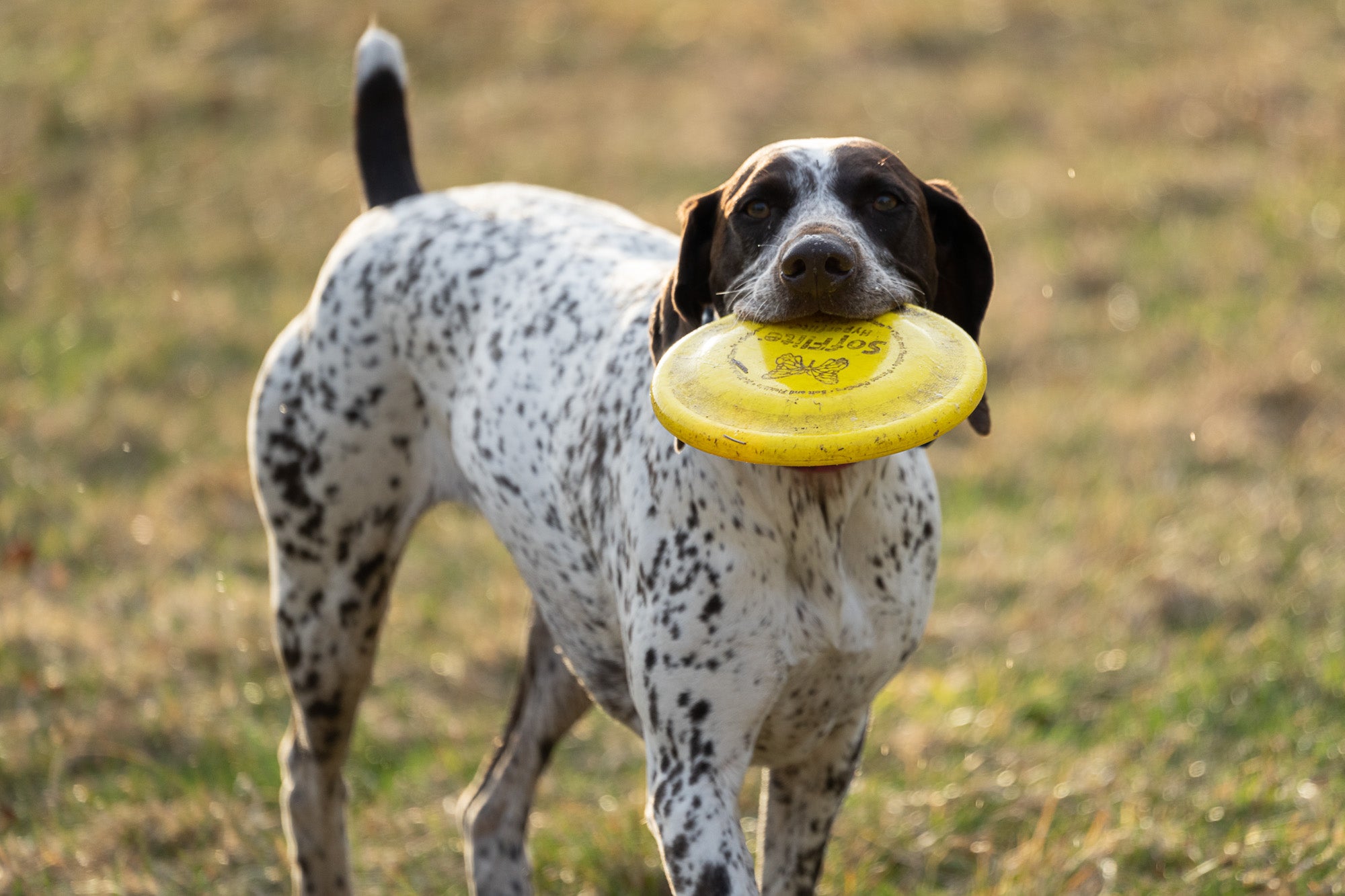TOKYO -- As autonomous cars start to hit the streets, competition is heating up among manufacturers of the three types of sensors -- image, radar and lidar -- that act as a vehicle's "eyes."
"I believe the next megatrend [after mobile phones] will be mobility," said Sony Chairman and President Kenichiro Yoshida as he unveiled the Vision-S concept car -- the Japanese giant's entrant into an increasingly crowded electric vehicle market -- at the CES tech show in the U.S. in January.
The Vision-S will have 33 sensors, including image sensors, a Sony specialty. Izumi Kawanishi, Sony's senior vice president who is shepherding development of the car, said the sensors "give passengers and pedestrians a sense of security thanks to the 360-degree vision it provides."
Sony controls around 70% of the global market for the image sensors used in smartphone cameras, but its share for automotive image sensors is only 9%. The Vision-S is an exploratory effort by the company as it taps into a market led by long-established U.S. manufacturers like ON Semiconductor. The Arizona-based company has been producing automotive image sensors for over 50 years and controls 45% of the market.
Automotive sensors must be able to record scenes with sharp contrast while drastically reducing flicker from light-emitting diode lamps of the kind found in nearly all new cars and modern traffic signals. Fulfilling one or the other of these requirements is easy, but to do both is a challenge.
LED flickering is the thornier of the two, and is caused by a lamp's rapid blink rate -- a phenomenon virtually indistinguishable to the normal eye but all too apparent to image sensors. This is solved by increasing a camera's exposure time. But this causes highlights to be overexposed, reducing the contrast needed to distinguish objects.
ON Semiconductor has solved this dilemma by changing the structure of pixels used in the sensors. Its products have become a mainstay for automakers like Subaru, which adopted them for its EyeSight safety system.
Two other types of sensors -- millimeter-wave radar, which measures distances between cars and objects around them, and lidar three-dimensional sensors -- are also key technologies. Demand for millimeter-wave radar is increasing, as it compensates for the weak performance of image sensors in backlit situations. Like all radar, millimeter-wave radar measures the distance to an object by calculating the time it takes to hit and bounce back from the object. It cannot decipher shapes but is unimpeded by inclement weather, such as rain and snow, that can seriously hamper image sensor performance.
The world's largest maker of millimeter-wave radar is Germany's Infineon Technologies, which became first in the world in 2005 to mass-produce a low-cost silicon germanium carbon semiconductor for use in millimeter-wave radar.
Some vehicles already on the road have been equipped with up to six millimeter-wave radar units. When autonomous driving really takes hold, each vehicle will have about 15.
This may look great on paper, but it can cause problems; namely, interference from radar signals emitted from other vehicles. "Developing technology for avoiding noise will be a future task," said Tomotaka Furuya, director of Infineon Technologies Japan's vehicle automation and chassis regional center.
Millimeter-wave radar may also have a place in the interior of vehicles, monitoring occurrences such as children being left in cars.
Japanese auto parts maker Alps Alpine partnered in April with Swedish startup Acconeer to develop millimeter-wave radar featuring reduced power consumption. "Millimeter-wave radar uses very little power, so it can monitor vehicle interiors even after the engine has been shut off," said Hideo Izumi, one of Alps Alpine's vice presidents.
Cameras are being used to detect drivers dozing off but "monitoring accuracy declines at night, making it difficult to see a child under a blanket," said Izumi. Millimeter-wave radars can perceive a child irrespective of a car's interior by detecting movement as slight as a heartbeat.
Three-dimensional lidar is also touted as one of the three sensor pillars for autonomous driving. Short for light detection and ranging, lidar measures the distance to an object in much the same way as millimeter-radar but uses infrared laser light, which has a shorter wavelength, allowing it to detect smaller objects.
"If a motor is not used, the cost of lidar can be reduced to [hundreds of dollars] per unit," said Akihide Sai, a senior research scientist at Toshiba, referring to a conventional rotating device that can see in all directions. The complex structure vastly raises the price of lidar sensors, which have been used mostly in test vehicles for obtaining map data.
Toshiba will develop a lidar system that uses solid-state technology to replace the driving component with a semiconductor.
Kyocera and Pioneer have also entered the lidar business, raising the bar for lower prices and smaller products. Japanese chipmaker Renesas Electronics also has a foot in the industry, providing semiconductors to Canadian startup LeddarTech for its lidar slated for use in autonomous Canadian shuttle buses. Solid-state technology will accelerate the spread of lidar sensors.
The market for lidar used in self-drive systems will likely grow 200 times from 2.4 billion yen ($22.7 million) in 2020 to 495.9 billion yen by 2030, according to Yano Research Institute. Many companies have entered the market, and specialized startups are said to number about 100 globally, creating a highly dynamic situation.
Which of the three sensors -- image sensor, millimeter-wave radar or lidar -- will be dominant? According to an engineer at a parts manufacturer: "Each has its strong and weak points. To make safer cars, it is important to combine different systems."
Additional reporting by Takayuki Yao and Kiu Sugano
The Link LonkOctober 24, 2020 at 04:31PM
https://ift.tt/2HoCAEq
Sony and others race for control of self-drive sensor tech - Nikkei Asian Review
https://ift.tt/2ZeUDD8
Sony





No comments:
Post a Comment